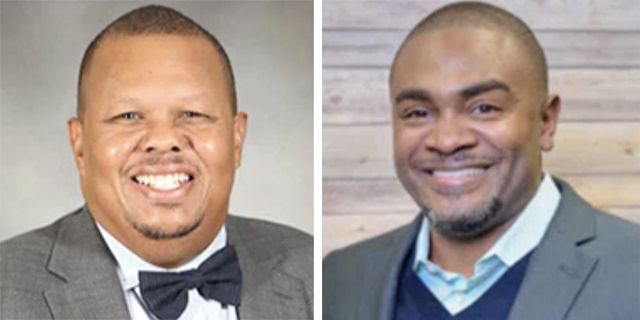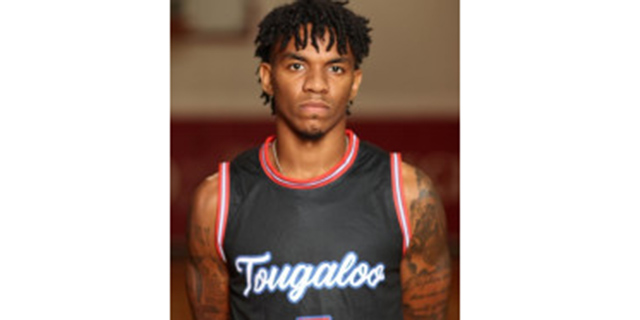Are old TV westerns part of America's gun problem?
Published 9:47 am Monday, November 13, 2017
A friend of a friend, commenting on a recent Facebook post about our gun-bloated society, had a problematic take for me:
“I blame old westerns,” said Will Fly. “I know that sounds silly, but I really do.”
That was problematic for me because I’d been planning to write a column praising old TV westerns.
You don’t find their like these days. I’ve seen my beloved “Justified” described as a “modern-day Kentucky western,” and of course there was the fabulous “Deadwood” a decade or so ago. And the occasional other, here and there.
But that’s a serious leap from when my TV immersion was beginning. In the 1958-59 season, seven of the top 10 shows were westerns, including the top four: “Gunsmoke,” “Wagon Train,” “Have Gun – Will Travel” and “The Rifleman.”
All were staples in the Rogers household, along with a number of others over time, like “Rawhide” and “Maverick.”
Such was the dominance of the genre that I bet most American males within five years of my age got, at some point, a cowboy hat and a six-shooter or two for Christmas.
There are an estimated 270 million guns in the United States today, a ridiculous number, by far the most of any country in the world. Are old TV westerns even partly to blame?
My take is that the shows were basically little morality plays, in which good guys always triumphed, but also in which there was frequently some ambiguity about the bad guys.
Consider, for example, this plot summary from a “Life and Legend of Wyatt Earp” shown recently on a nostalgia channel: “Denver Pyle plays an ex-convict whose efforts to bury his past are blocked by unforgiving townspeople.”
Or this, from “The Rifleman”: “A gunfighter’s efforts to reform are hampered by cowpokes bent on making him reach for his gun.”
Audiences saw that life could be complicated by the meddlesome actions of others. Dang townspeople. Stupid cowpokes.
Fly, a production lighting tech in Nashville, has another view: The shows contributed to the whole “good guy with a gun” notion that gun-control opponents love to fantasize about.
“We’ve got all these untrained wannabe heroes who are convinced that they’d know exactly what to do in an active shooter situation,” he said.
And, true, what was Lucas McCain as “The Rifleman” but a good guy with a gun? A modified Winchester .44-40 carbine, rather than the standard Colt .45, but still.
And he was very, very good with it. Chuck Connors, who played McCain, once said that somebody had estimated he bumped off an average of two and a half people per episode.
That kind of violence, of course, is what’s often cited as the reason for the westerns’ vanishing, even more than the frequently shameful depictions of Native Americans.
But does TV really have less violence today, or has the setting for it simply moved out of the Old West and into more contemporary – or futuristic – settings? Are we somehow better off nowadays watching the villains and cops of “Gotham,” for instance, routinely and gruesomely dispatching one another?
I’m a big fan of “Gotham,” by the way, and its cartoonishly dark, dystopian view of big city life.
But Detective Jim Gordon ain’t no Marshal Matt Dillon.





